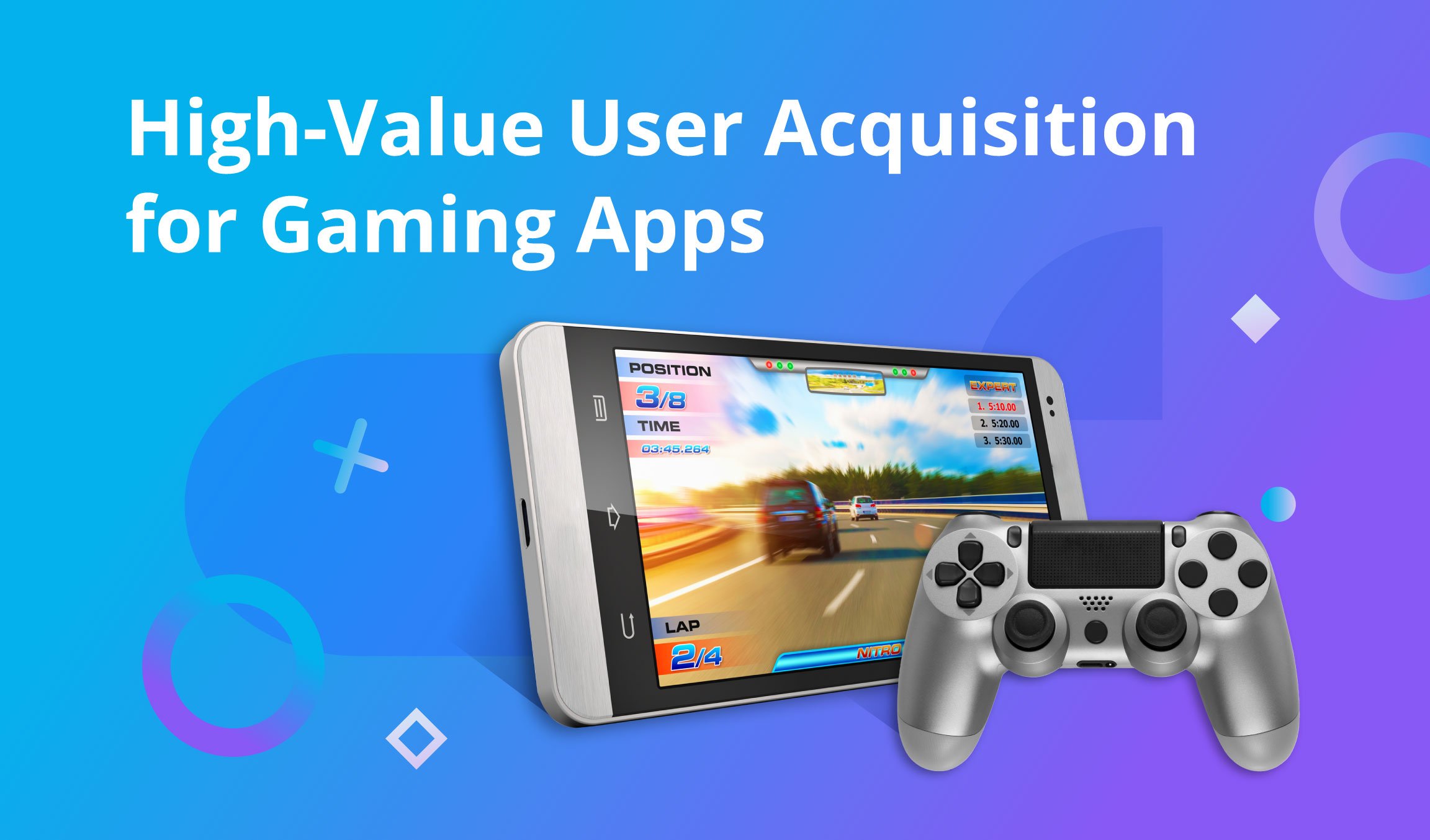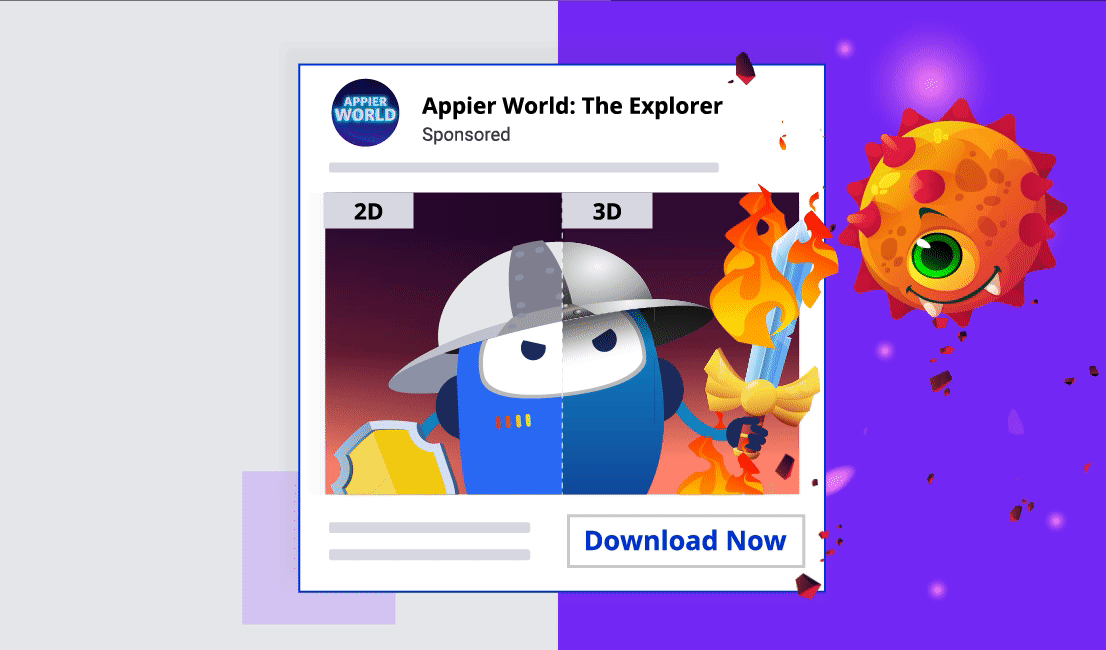5 min read
In the world of mobile gaming apps, a whale is someone who spends a significant amount of money on in-game purchases.
Since most, if not all, gaming apps nowadays are free to download and play, whales are extremely rare. There may be plenty of fish in the gaming sea, but whales are harder to come by as they only make up about 2% of a game’s players.
Yet, the 2% of players generate a majority of a game’s revenue, which is why game developers and marketers are eager to catch these whales.
Market Insights for Context
The game developers we have worked with have shared some important insights into gaming app profitability with us.
The industry is aware that in-app purchases are the largest source of revenue for mobile apps, making up 48% of app earnings. This explains why app developers are keen to use this monetization model, with 79% of gaming apps using in-app purchases.
However, as we mentioned, the whales who actually contribute significantly to a game’s revenue make up a very small percentage of a gaming app’s total users. So, while it may be tempting to throw money at any campaign to acquire as many users as possible, the return on ad spend may be abysmal if the users that end up installing the app are not high-value users.
In the first 24 to 48 hours after installing the game, users will reveal themselves to be either another plain fish in the sea or a whale. Those who don’t make an in-app purchase will be very unlikely to do so in the future, if they even continue playing the game for more than a few days. But, those who do buy are likely to continue to spend money on your app depending on your acquisition and retention strategy.
How to Identify High-Value Users From Your Existing Users
When it comes to identifying high-value users of a gaming app, game developers need to set out metrics of their own and then track them meticulously.
Here are some metrics we recommend you to consider:
- In-app purchases: this takes into consideration not only whether or not the users are making an in-app purchase, which we have already established as very important for business, but also the purchase recency, frequency, and monetary value. High-value users make larger purchases and more regularly than other users.
- User behavior: this can include a number of actions the user takes over the course of their lifetime playing your game, from the view to install time and click to install time to significant in-app actions.
- Average revenue per user (ARPU): this is fairly self-explanatory, whereby the average revenue generated per user is typically higher for high-value users than other users.
- App preferences: this is both the types or genres of gaming apps a user is interested in and the amount of time they typically spend playing these apps. The general rule of thumb is that a high-valuer user will spend more time in the gaming app than other users.
By tracking these metrics, developers can identify who among their users are high-value users, separate them from the rest of the users, and study their unique characteristics and interests. All of this knowledge will inform how to best engage with them in more precise and personalized ways that will resonate with them.
How to Acquire New High-Value Users
Apart from engagement, one of the reasons to study your existing high-value users is to understand what common factors they share and which of these identifiers to focus on in discovering and acquiring new high-value users.
Essentially, what you want is to discover more users that are like your existing high-value users — lookalike audiences in marketing speak. So, what data should you be looking at?
- Demographic Information: Knowing the age, gender, location, and interests, along with other demographic information, of your existing high-value users can help you predict the parameters you should target when promoting your gaming app.
- Contextual Data: Having any additional information that provides more context about these high-value users, such as hardware version, OS version, app preference and app usage behavior, can all make your targeting more precise and effective.
While you can do all of this analysis manually, you can also rely on artificial intelligence.
At Appier, we have looked at the manual, human approach, as it compares to a machine learning approach and a deep learning approach. What we found was that deep learning provides a far more sophisticated approach to predicting and acquiring high-value gamers.
Appier’s AIBID is an AI-powered user acquisition solution that uses deep learning to find the best users for your game. With deep learning, AIBID processes over 1 million attributes about these high-value users and leverages multi-task learning technology to find the users that will help you meet your goals.
If your goal is a purchase, AIBID can find the users for you. If your goal is registration or subscription, AIBID can do it too.
How to Retain High-Value Users
Retaining your high-value gamers is both the responsibility of the game designers and the game marketers. Of course, a game needs to have entertainment value to keep users interested, But, how can marketers help on the side?
This is where knowledge and insights about users will play a critical role. Marketers can analyze user behavior and how it is changing (think daily active users and monthly active users) and propose changes designers can implement to make the game more attractive.
Beyond the fun factor, marketers need to engage gamers with the app from time to time. These forms of engagement will include in-app notifications, push notifications and other personalized messages.
Even the most invested gamer will need a reminder to check on their game progress when life gets too busy, and these specific, personalized notifications help game developers do the trick of reminding without being robotic.
What marketers need to remember is that catching a whale and keeping the whale with you are equally important. Sometimes, the latter can prove even more important as you need to keep the high-value users around to fulfill their lifetime value for your gaming app.
If you enjoyed this piece on mobile app user acquisition in gaming, you’ll be happy to know that this is the first in a series of user acquisition blog posts focusing on different verticals. We encourage you to subscribe to our blog mailing list so you will receive our next one on user acquisition for dating apps.


